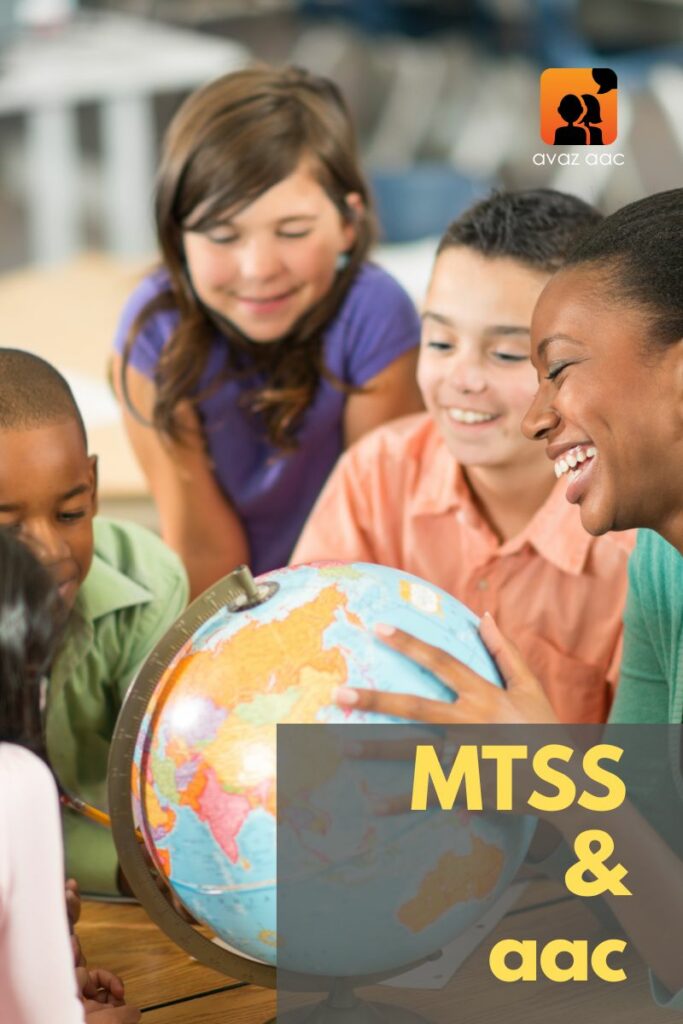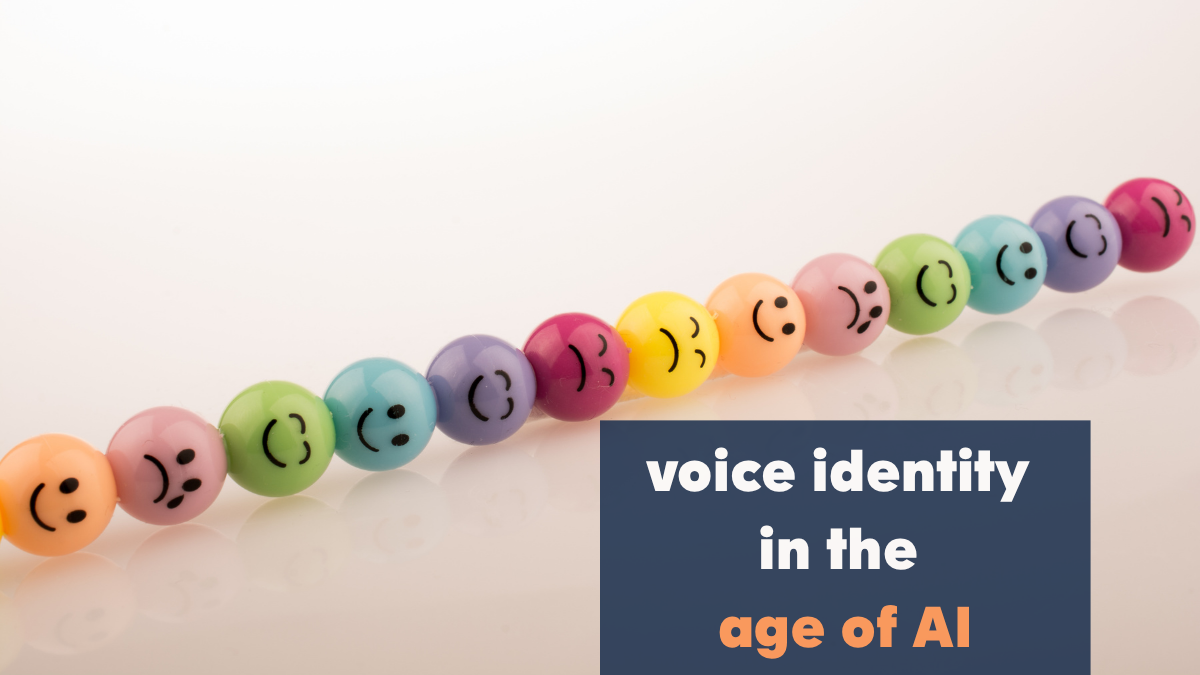

For students with complex communication needs, providing effective support can be a challenge. This is where Augmentative and Alternative Communication (AAC) comes into play. AAC is an important tool in the MTSS toolkit, enabling students with communication difficulties to participate fully in their education and interact with others.
In this blog, we will explore the importance of AAC in the MTSS framework and how it can benefit students with communication challenges. Read on to discover more!
AAC as an important tool in MTSS
MTSS is a comprehensive framework for documenting the performance of all students. Firstly, it focuses on providing high-quality instruction. What sets it apart from other frameworks is that it promotes early identification of students who need additional support to meet grade-level academic and behavioral expectations. It also works to deliver interventions matched to student’s needs, and monitors their progress to inform further instructional decisions.
In a Multi-Tiered System of Support (MTSS) framework, some students will require additional academic, behavioral, and/or social-emotional wellness support. This framework considers families as partners in this process. Moreover, the child’s school will share information about their needs and progress.
Tiers of Support in MTSS
MTSS includes 3 tiers of support. These tiers take into consideration the areas of Academics, Behavior, and Student Wellness. Let us learn a bit more about these tiers below.
Tier 1: Universal Support for All Students
All students receive: Evidence-based, high quality core instruction with differentiated instruction and additional support as needed.
Tier 2: Supplemental Support for Some Students
Some students receive: Targeted intervention in addition to high quality core instruction.
Tier 3: Intensive Support for Few Students
Few students receive: Intensive intervention in the area(s) of need in addition to high quality core instruction.
MTSS Tools: Evolving with Context
It is important to note that tools used in either of the Tiers here don’t stay in that tier forever.
For eg, A few decades back, the speech-to-text feature was used only by those with reading and writing difficulties. But today, these features are available to anyone who might want to use them – on their own phones.
Why, just a few years back AAC would have been considered a tier 3 support. It was customized to an individual student who was non-speaking to promote his language and literacy skills.
Recently however this notion is changing. Children who are minimally verbal, and even some speaking children who are unable to use their speech in all contexts or all emotional states, prefer being part time AAC users. They use AAC to reduce the emotional overwhelm.
Before the invention of smartphones, we considered people who used picture symbols to communicate as AAC users. But now, everyone communicates with EMOJIS which are symbols. We use text messages to convey information, our thoughts, and ideas all the time now. This is in stark contrast to a couple of decades back when we would talk to people directly or over landline phones and post handwritten letters.
AAC as Tier 1 Support?
Let’s consider this situation: a preschool teacher has an enlarged low-tech core board in her class. She is meeting her students for the first time and she does not know them, let alone understand what they speak.
We have students coming in one by one – anxious faces in a new environment. Some may be proficient in their native language but English is new to them. Others may be emotionally unstable because their mothers are out of sight. Some may have trouble paying attention in class while some may find it difficult to sit still.
In this class, if the teacher starts modeling on the core board or on the visual schedule it will definitely help not just the students mentioned above but ALL the children. MAKING LANGUAGE VISIBLE HELPS ALL CHILDREN- that’s exactly what AAC does! Why else do teachers have large pictures hanging on their walls?
Important to note is the fact that the symbol is available for the child to refer to whenever they need it (unlike speech which is transient). This definitely helps language development.
Benefits of Using AAC as Tier 1 Support
There are many benefits to using AAC as a Tier 1 support. Some of these are:
- Supports Children with Language difficulties: As stated above, AAC helps all children especially those with difficulty in communication, reading, writing, attention, behavior issues, and children with processing issues- auditory and visual processing. It also helps children who have not been exposed to English at home.
- Gives Importance Communication Partner training: There is increased peer modeling and better all around development of the child using AAC. Communication partners at school will become better at strategies like modeling and Wait Time.
- Early Rehabilitation: Early Referral and intervention can be provided in the likelihood of a communication delay.
- Integration in society: Awareness and Acceptance of AAC in the school and community will be better, because of exposure.
Last Word
When a communication delay in a couple of children is identified, AAC can be used as tier 2 support for that group. If it is found that the child needs additional support, customization and instruction can happen for that particular child. In this case, AAC can be used as Tier 3 support.
Choosing tools for the different tiered vocabulary, however, should be a team approach. Collaboration between parents and the user, the teachers, special educators, and Therapists (SLP, PT & OT or SI) is vital.
Further reading:
You can read our introduction to Inclusive Education Frameworks here.
WRITTEN BY
Niveditha Ryali
Speech – Language – Swallowing Therapist
I have years of experience that comes from working in NHS(UK), special schools, hospitals and private practice. My passions are working on improving Speech, Language and Swallowing skills in children and adults. I also strive to facilitate early communication in children with complex communication needs, thereby improving parent-child bonding.





